Sign up for the newsletter to stay up to date.
Other

IFTTT Free Vs Pro
Explore the key differences between IFTTT Free and Pro plans. Learn about the features, limitations, and benefits of each to determine which is best suited for your automation needs.Read More

IFTTT Vs Make
Discover the key differences between IFTTT and Make in our in-depth comparison. Learn about their features, ease of use, and best use cases to help you choose the right automation tool.Read More

Syndwire Vs IFTTT
Discover the key differences between Syndwire and IFTTT in our comprehensive comparison. Learn which automation tool best suits your needs for social media management and content distribution.Read More

Automate Vs IFTTT
Discover the key differences between Automate and IFTTT, two popular automation tools. Learn their features, strengths, and ideal use cases to streamline your daily tasks efficiently.Read More
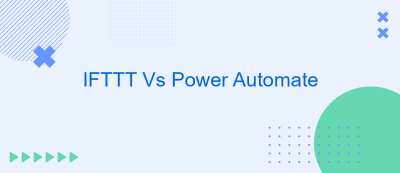
IFTTT Vs Power Automate
Explore the key differences between IFTTT and Power Automate in this comprehensive comparison. Discover which automation tool best suits your needs for efficiency and functionality.Read More

IFTTT Vs Alexa
Explore the differences between IFTTT and Alexa in this comprehensive article. Understand their unique features, integrations, and how they can enhance your smart home experience.Read More

Pushbullet Vs IFTTT
Explore the key differences between Pushbullet and IFTTT in our comprehensive comparison. Learn which tool best suits your needs for seamless device synchronization and automation.Read More

IFTTT Vs IFTTT Pro
Explore the differences between IFTTT and IFTTT Pro in this detailed comparison. Learn about features, pricing, and which version suits your automation needs best.Read More

Macrodroid Vs IFTTT
Discover the ultimate automation showdown between MacroDroid and IFTTT. Compare features, ease of use, and performance to find out which app best suits your smart home and productivity needs.Read More

Flow Vs IFTTT
Explore the differences between Microsoft Flow and IFTTT in this comprehensive article. Learn how these automation tools can streamline your tasks, and discover which one suits your needs best.Read More

IFTTT Vs Matter
Explore the key differences between IFTTT and Matter in this detailed comparison. Learn how these smart home technologies stack up in terms of compatibility, ease of use, and functionality.Read More

Microsoft Flow Vs IFTTT
Explore the key differences between Microsoft Flow and IFTTT in our detailed comparison. Learn which automation tool suits your needs best by examining their features, integrations, and ease of use.Read More

IFTTT Vs MQTT
Discover the differences between IFTTT and MQTT in this comprehensive guide. Learn how these automation tools work, their use cases, and which one is best suited for your smart home or IoT projects.Read More
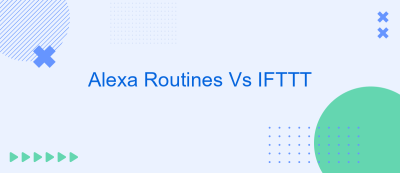
Alexa Routines Vs IFTTT
Explore the differences between Alexa Routines and IFTTT in our in-depth comparison. Discover which automation tool suits your needs best for a smarter, more efficient home experience.Read More
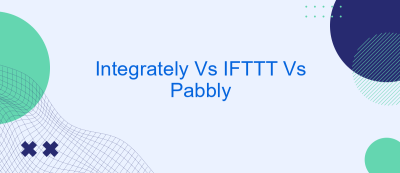
Integrately Vs IFTTT Vs Pabbly
Explore the key differences between Integrately, IFTTT, and Pabbly in our comprehensive comparison. Discover which automation tool suits your needs best, from features to pricing.Read More
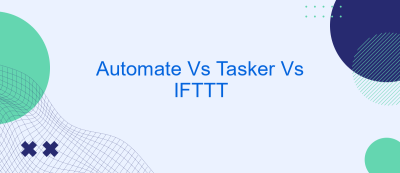
Automate Vs Tasker Vs IFTTT
Discover the ultimate showdown between Automate, Tasker, and IFTTT. Explore their features, strengths, and weaknesses to determine the best automation tool for your needs.Read More
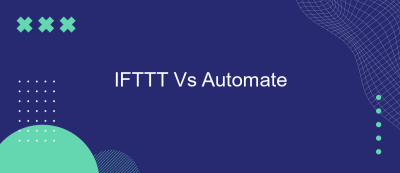
IFTTT Vs Automate
Discover the differences between IFTTT and Automate, two powerful automation tools. Compare their features, ease of use, and flexibility to find out which one suits your needs best.Read More

Wappwolf Vs IFTTT
Discover the differences between Wappwolf and IFTTT in this comprehensive comparison. Learn how these automation tools can streamline your digital tasks and boost productivity.Read More

Smartthings Vs IFTTT
Discover the key differences between SmartThings and IFTTT in this comprehensive comparison. Learn about their features, compatibility, and which platform is best for automating your smart home.Read More

IFTTT Vs Llama
Discover the key differences between IFTTT and Llama in our comprehensive comparison. Learn how these automation tools stack up in terms of features, usability, and performance.Read More

Workato Vs IFTTT
Discover the key differences between Workato and IFTTT in our detailed comparison. Learn which automation platform best suits your needs for streamlining workflows and integrating apps.Read More

Stringify Vs IFTTT
Stringify and IFTTT are powerful automation tools that simplify everyday tasks by connecting various apps and devices. This article compares their features, usability, and best use cases.Read More
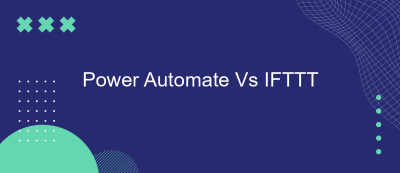
Power Automate Vs IFTTT
Explore the differences between Power Automate and IFTTT in our in-depth article. Learn about their features, use cases, and which automation tool best suits your needs.Read More
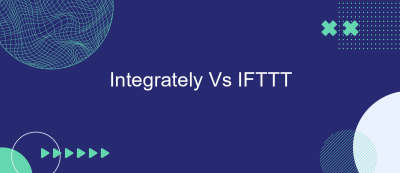
Integrately Vs IFTTT
Discover how Integrately and IFTTT stack up against each other in this detailed comparison. Learn about their features, pricing, and ease of use to find the best automation tool for your needs.Read More

IFTTT Archive Vs Delete
Discover the differences between archiving and deleting in IFTTT. Learn how each action impacts your applets, data management, and overall workflow efficiency. Make informed choices!Read More
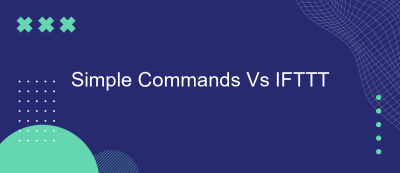
Simple Commands Vs IFTTT
Explore the differences between simple commands and IFTTT (If This Then That) in automating tasks. Learn how each approach works, their benefits, and which is best for your needs.Read More

Hootsuite Vs IFTTT
Explore the key differences between Hootsuite and IFTTT in this comprehensive comparison. Learn which tool best suits your social media management and automation needs.Read More
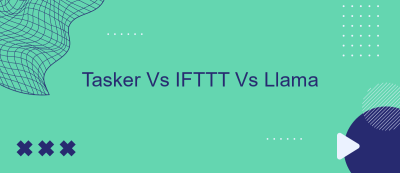
Tasker Vs IFTTT Vs Llama
Discover how Tasker, IFTTT, and Llama stack up against each other in automating your Android device. We compare features, ease of use, and customization to help you choose the best tool.Read More

Workflow Vs IFTTT
Explore the differences between Workflow and IFTTT, two powerful automation tools. Learn how each platform can streamline your tasks, enhance productivity, and fit into your daily routine.Read More
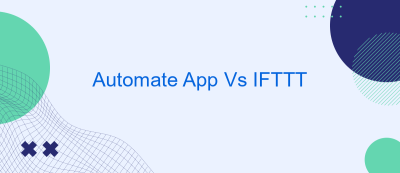
Automate App Vs IFTTT
Discover the differences between Automate App and IFTTT in our in-depth comparison. Learn which automation tool suits your needs for streamlining tasks and enhancing productivity.Read More